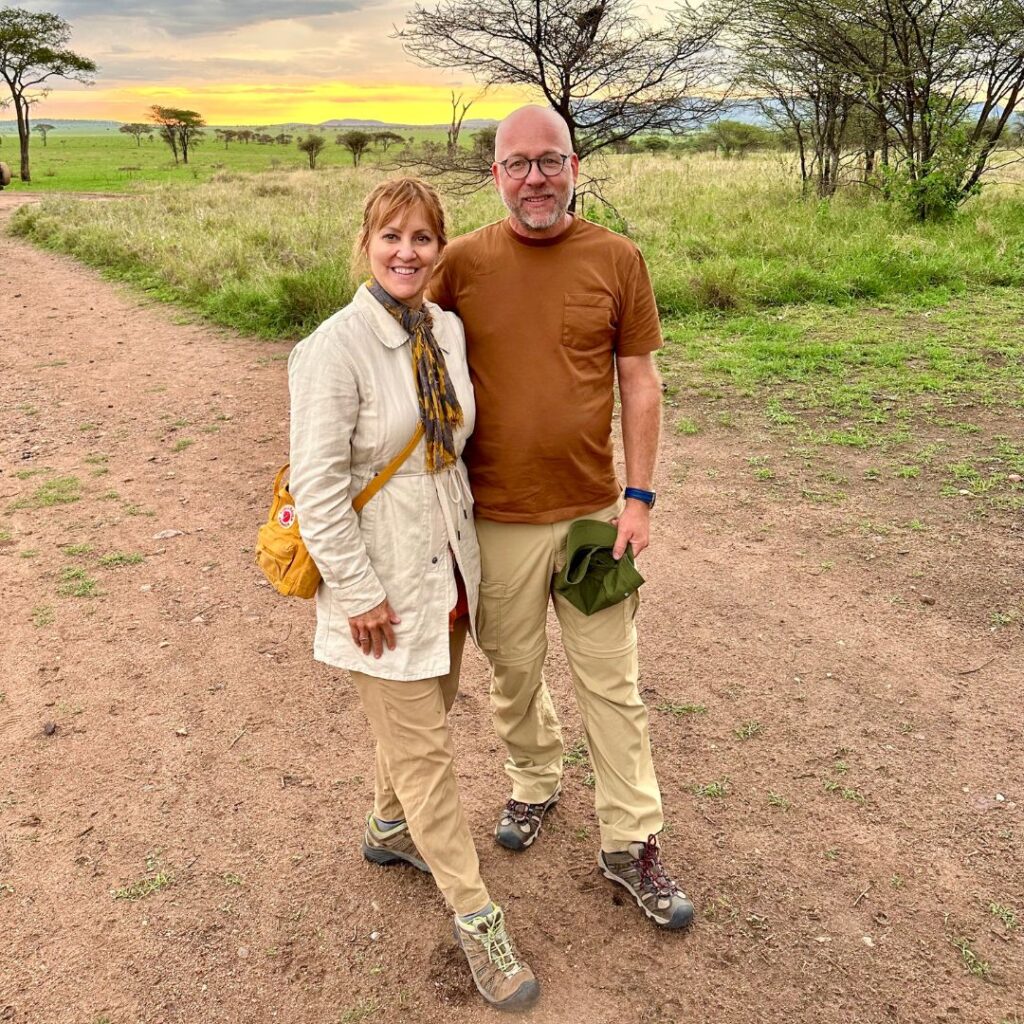Learn all about the rich cultural food traditions in this gorgeous country in Africa, where you can enjoy nature parks boasting wildlife on a Tanzania safari, as well as delicious plant-based, vegan eating in Tanzania.
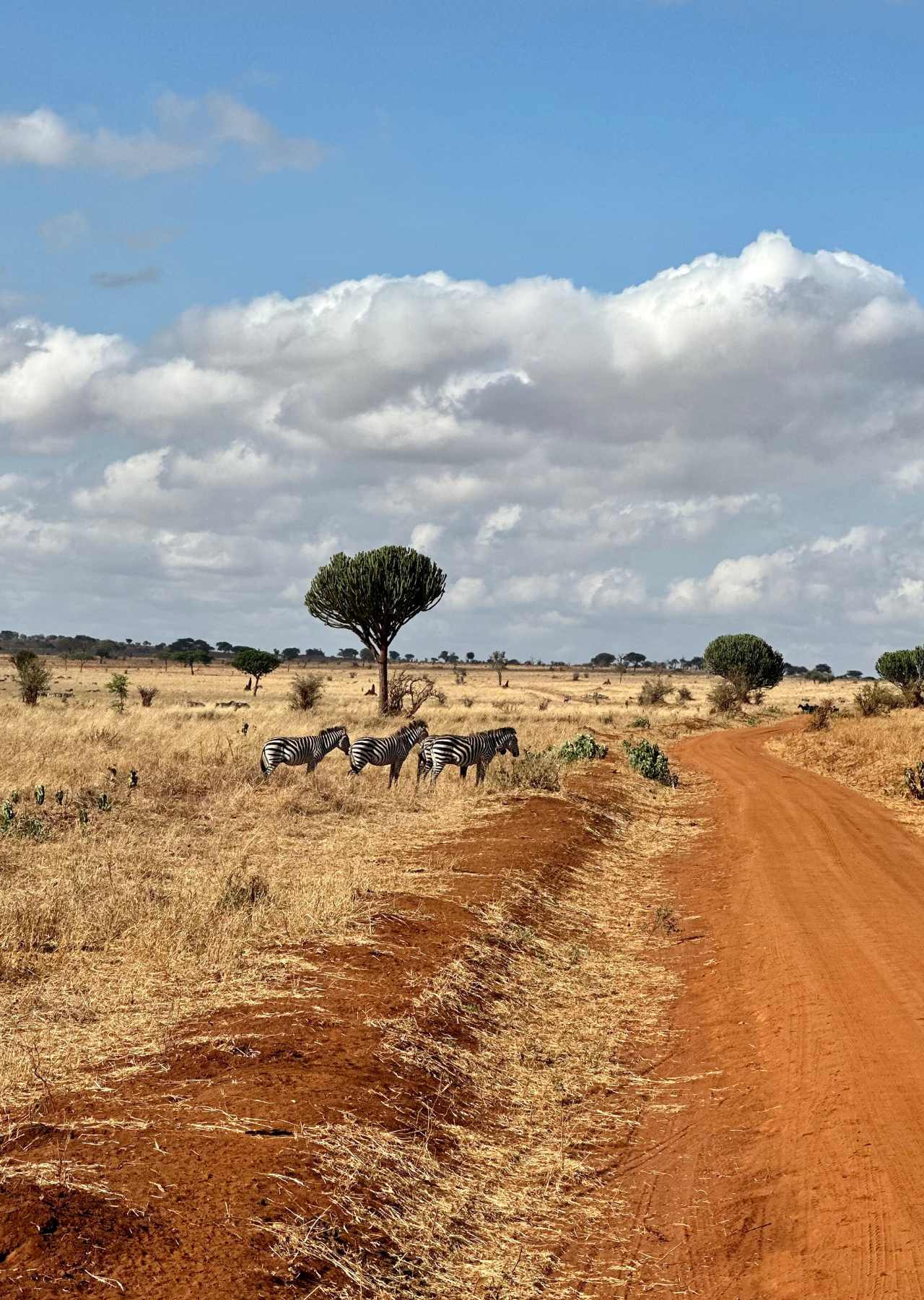
Jambo! (That’s hello in Swahili.) I just returned from an amazing trip in Tanzania, where I fell in love with the flora and fauna, as well as the people and food of this East African country. I’m giving my top travel and plant-based eating recommendations if you plan a trip to this beautiful destination. Tanzania is best known for its 22 national parks, the tallest mountain in Africa, world-renowned safari tours, and a vast unique culture. The plain truth is that Tanzania offers unspoiled beauty and experiences around every bend. I’ve been asked the questions: is Tanzania safe? I found it to be very safe, whether it was experiencing safari animals up close, spending time in cities, or enjoying delicious meals. You just need to take a few precautions to enjoy your time safely and healthfully.

Tanzania is a country in Eastern Africa, just south of Kenya. The climate is warm and humid due to its bordering of the Indian Ocean, but it changes depending on the location, season, and microclimate. With its vast landscape encompassing plains, mountains, and savannas, Tanzania has breathtaking natural beauty. You can find elephants, lions, leopards, buffalo, and rhinos in parts of Tanzania, and much, much more.

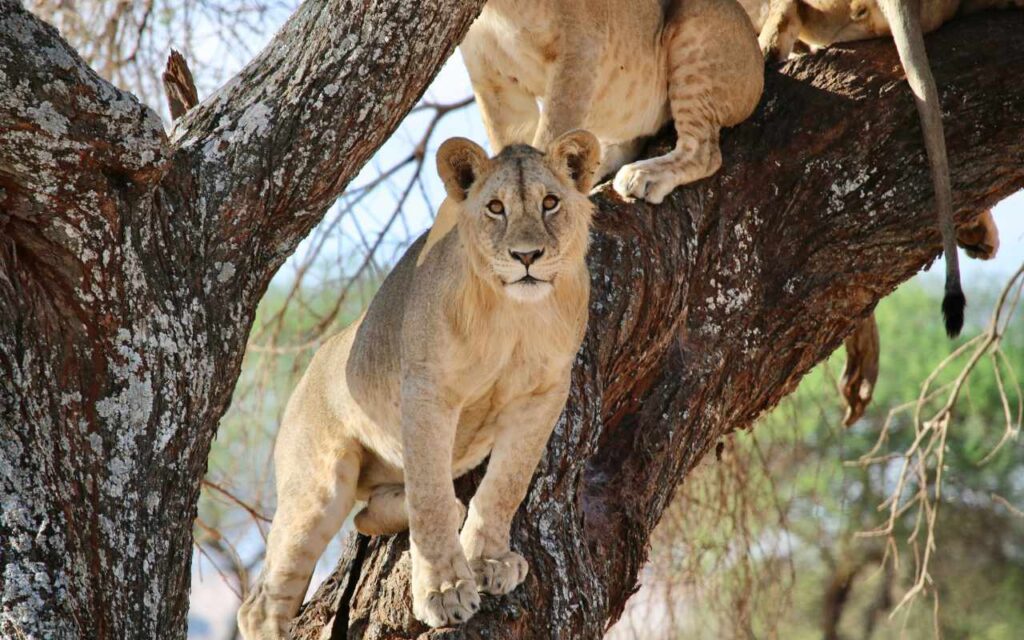
Background on Tanzania
To get just a little background on Tanzania, mainland Tanganyika and the Zanzibar islands came together in April 1964. Both entities had been under British control. Tanganyika gained independence in 1961, and the Zanzibar Islands gained independence just before forming Tanzania in January 1964. Today, most people in Tanzania speak Swahili, the official language of Tanzania, and English due to past British influences. The predominant religion in Tanzania is Islam or Christianity. Most Muslims who practice the Islamic faith in Tanzania practice the Sunni branch of Islam.

Traditional Foods of Tanzania
Because of that diverse growing climate, you can find many commonly grown crops in Tanzania include chickpeas, maize, wheat, rice, sweet potatoes, bananas, beans, sorghum, and sugar cane. In addition, a variety of vegetables and fruits are cultivated, including leafy greens, tomatoes, peppers, squash, bananas, pineapple, mango, and papaya. Due to its proximity to lakes and the ocean, fish is commonly included in Tanzanian foods. Because of so much food cultivation, the people in Tanzania are blessed with a good supply of food.
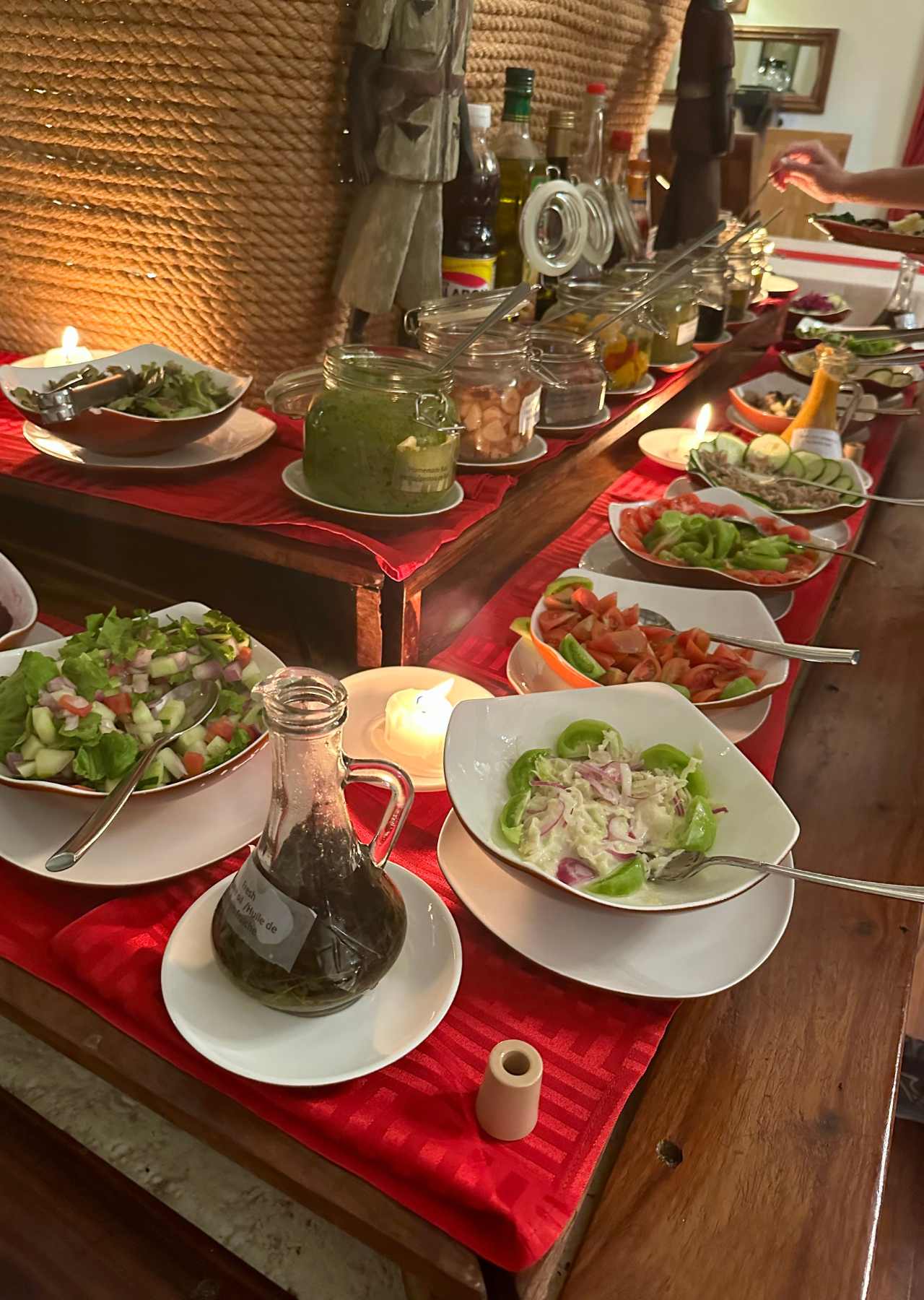
Here is a list of plant-based foods Tanzanians commonly consume.
- Ugali: This dish is Tanzania’s national dish. It is a bland bread frequently paired with stew, fish, meat, vegetables, or bean sauce. It is prepared with cornmeal, cassava flour, sorghum, or millet.
- Wali wa nazi: a famous rice dish cooked in coconut milk and water and seasoned with salt. It is commonly served with curries and stews.
- Wali na Maharage: Reserved for special events such as holidays, weddings, and religious festivals, this dish is a mixture of rice and beans. Traditional recipes suggest the beans get cooked first, then the beans and the rice are added to cook together. Today’s version is typically made by cooking the rice and beans separately. The beans are combined with various veggies such as carrots, onions, pepper, and spices. The rice and beans are served independently in modern versions.
- Irio: This dish is Tanzania’s version of comfort food. This dish is made with mashed potatoes, corn, peas, and green is derived from the Kikuyu tribe.
- Mchuzi wa Biringani: This is essentially fried eggplant. To enhance the flavor and color, tomato, onion, carrots, garlic, and ginger are commonly added. Coconut milk or yogurt is commonly added to make this meal into a curry.
- Ndizi: Ndizi refers to plantains. Plantains grow exceedingly abundantly in Tanzania and are used in many different kinds of dishes, such as soups or fried plantains.
- Sukuma wiki: Sukuma, as it is called in Swahili, is also known as Colewort or collard greens. Collard greens are combined with tomatoes, onions, and spices such as cumin, coriander, and saffron. This dish is served all year long and is highly affordable.
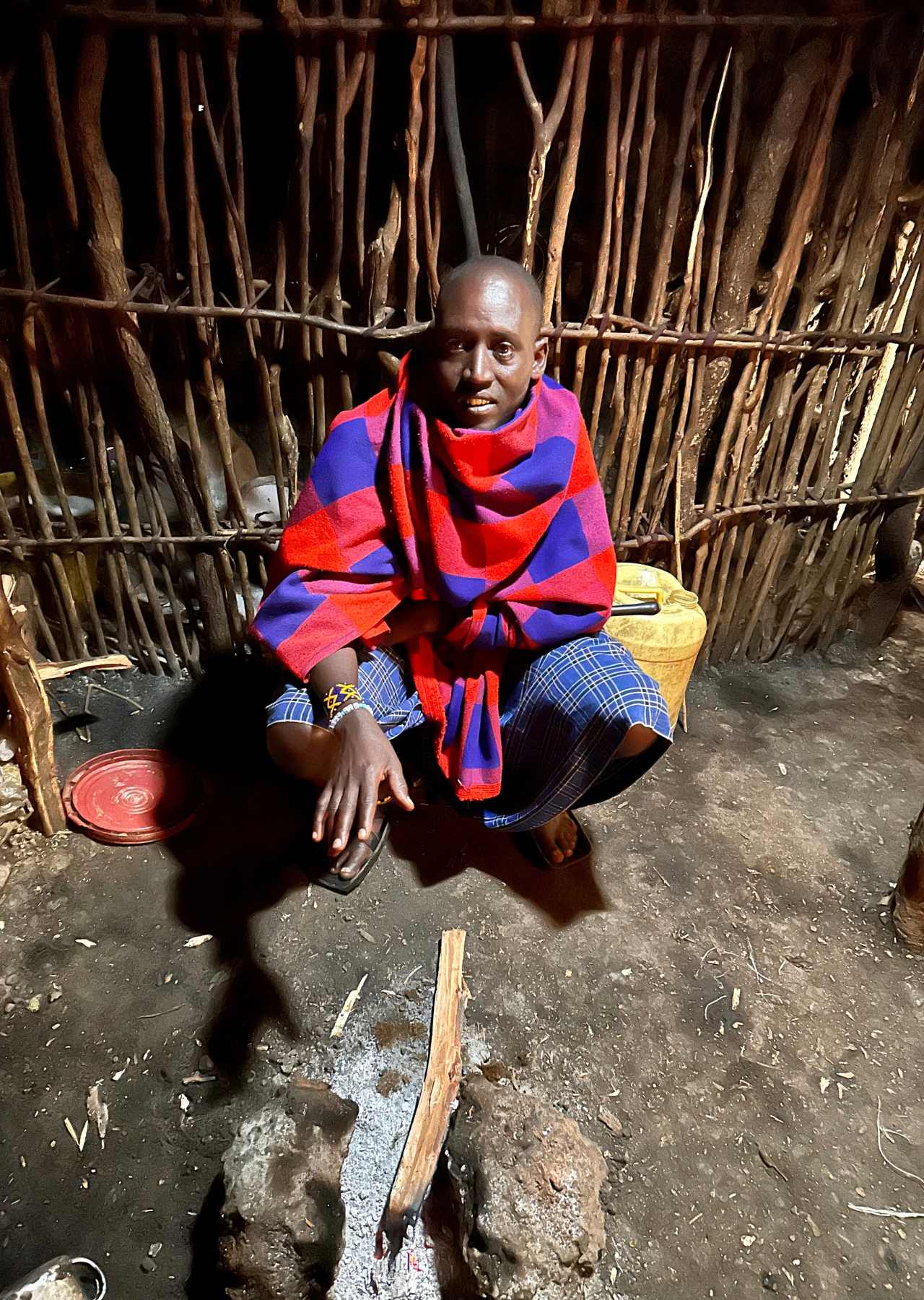
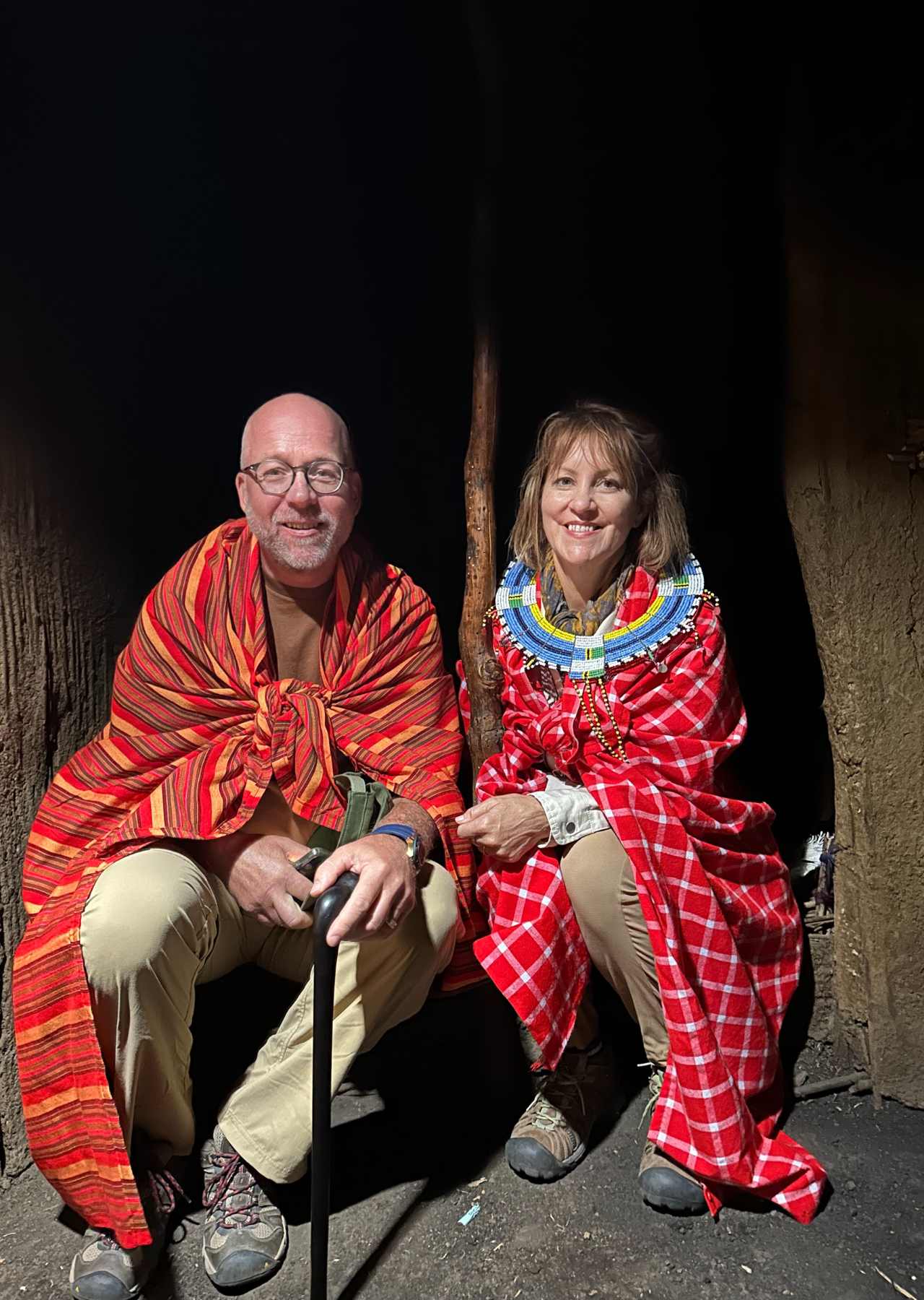
Maasai Traditions
One of the large groups that inhabit Northern Tanzania is the Maasai people. The Maasai people live a semi-nomadic lifestyle. Maasai lifestyle is centered around cattle and goats, their primary source of food. The more cattle and children a man has, the wealthier he is. The Maasai people have historically struggled with constant displacement from the government. In the early 1900s, the Maasai people were evicted from their lands in Kenya to make room for ranchers. In the 1940s, the Maasai people had to leave their lands between Mount Kilimanjaro and Mount Meru to create a national park. This problem persists today. Maasai people greatly appreciate the earth and promote sustainability through their semi-nomadic lifestyles. During times of drought, the Maasai people drank cow’s milk and blood and eat livestock. I was fortunate enough to visit a Maasai village and learn more about their lifestyle. Check out my Instagram video chatting with a Maasai leader here.

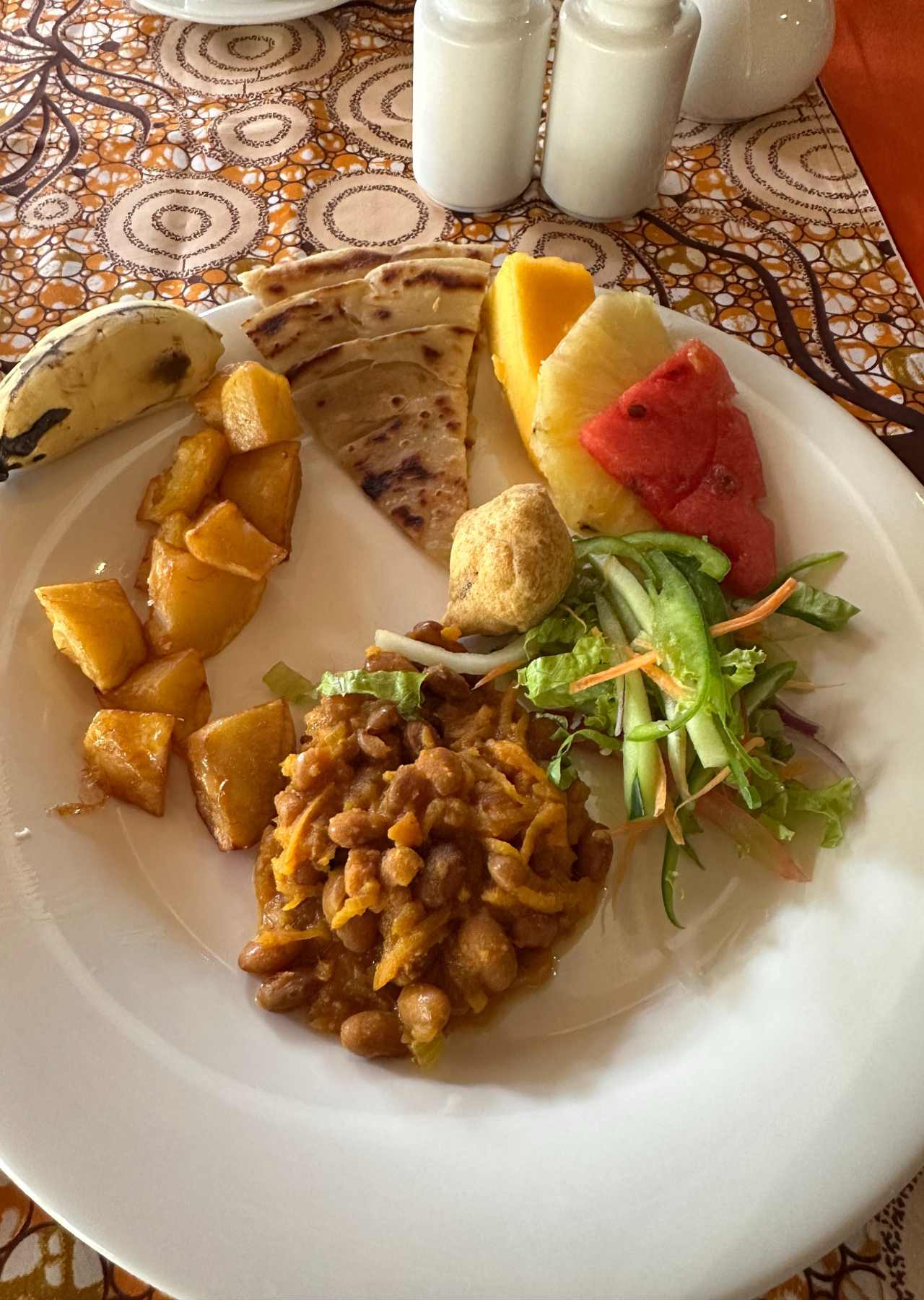
Plant-Based Eating in Tanzania
I found it extremely easy to eat a vegan diet in Tanzania. I requested this in advance for my safari, and there were vegan options on each menu without any previous request! There are lots of plant foods available in Tanzania, which makes it easy to enjoy local dishes at every location.
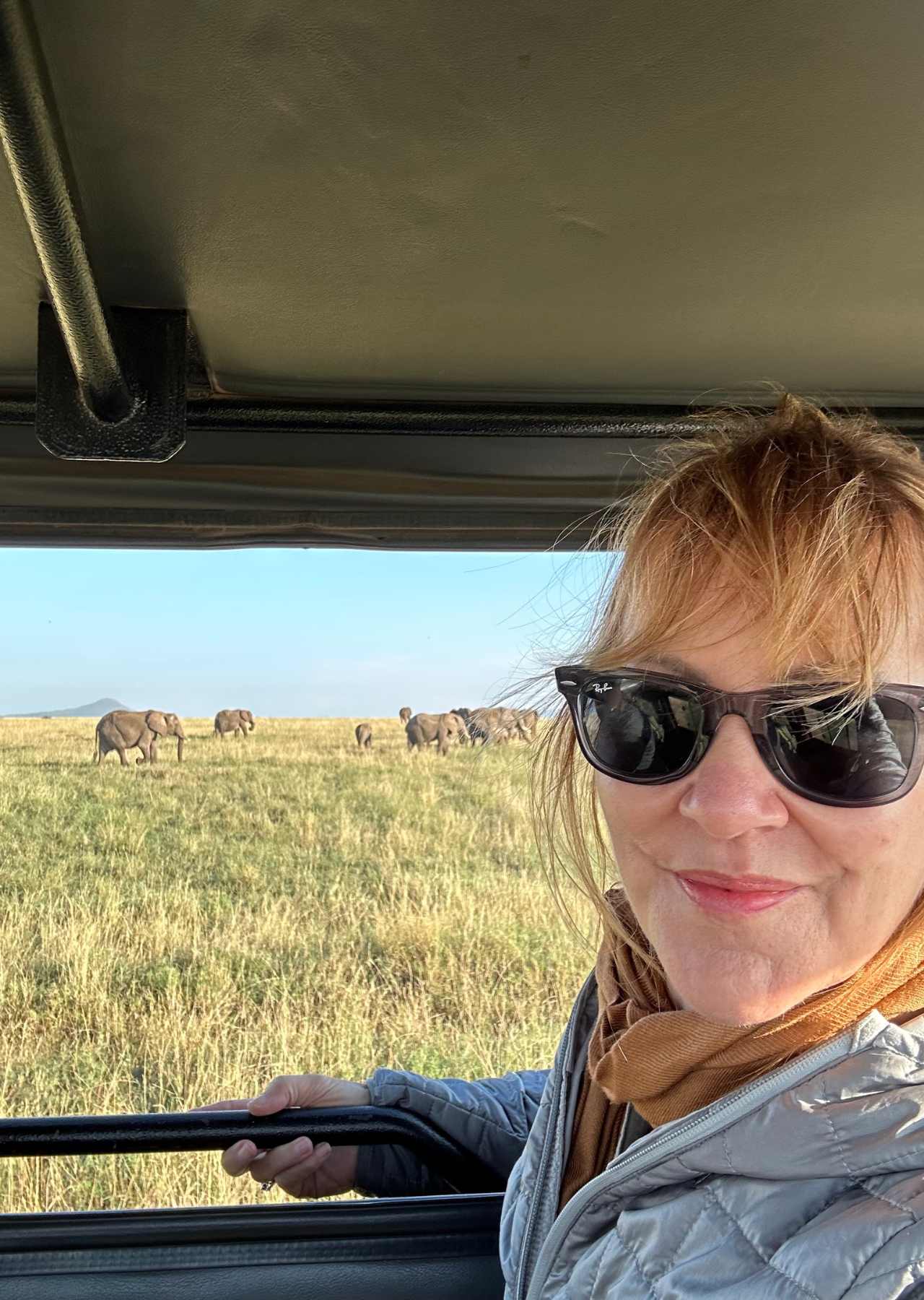
Tanzania Safari Tips
You’ll want to visit the CDC website to plan for a healthy trip to Tanzania, including getting your vaccines and advice about safety and health. I received all of the necessary vaccines, packed along malaria pills, an emergency antibiotic, anti-diarrheal, and anti-nausea medication. You need to avoid drinking any tap water while in Tanzania—don’t even brush your teeth with tap water, and keep your mouth closed during showers. You also need to bring along insect repellant, and be cautious about consuming food from reliable foodservice operations that practice safe food guidelines. Be cautious of snakes (I never saw any venomous snakes, but they exist), and avoid confronting animals, such as baboons, elephants, zebras, and even feral dogs and cats.
My Tanzanian Safari
My safari was booked through Adventure Life and provided through Albatross. Please note that this blog is not sponsored in any way; I am providing my experiences with you as a public service with no benefit to myself. Here’s a glimpse of my safari, along with the beautiful, plant-based eating experiences I enjoyed.
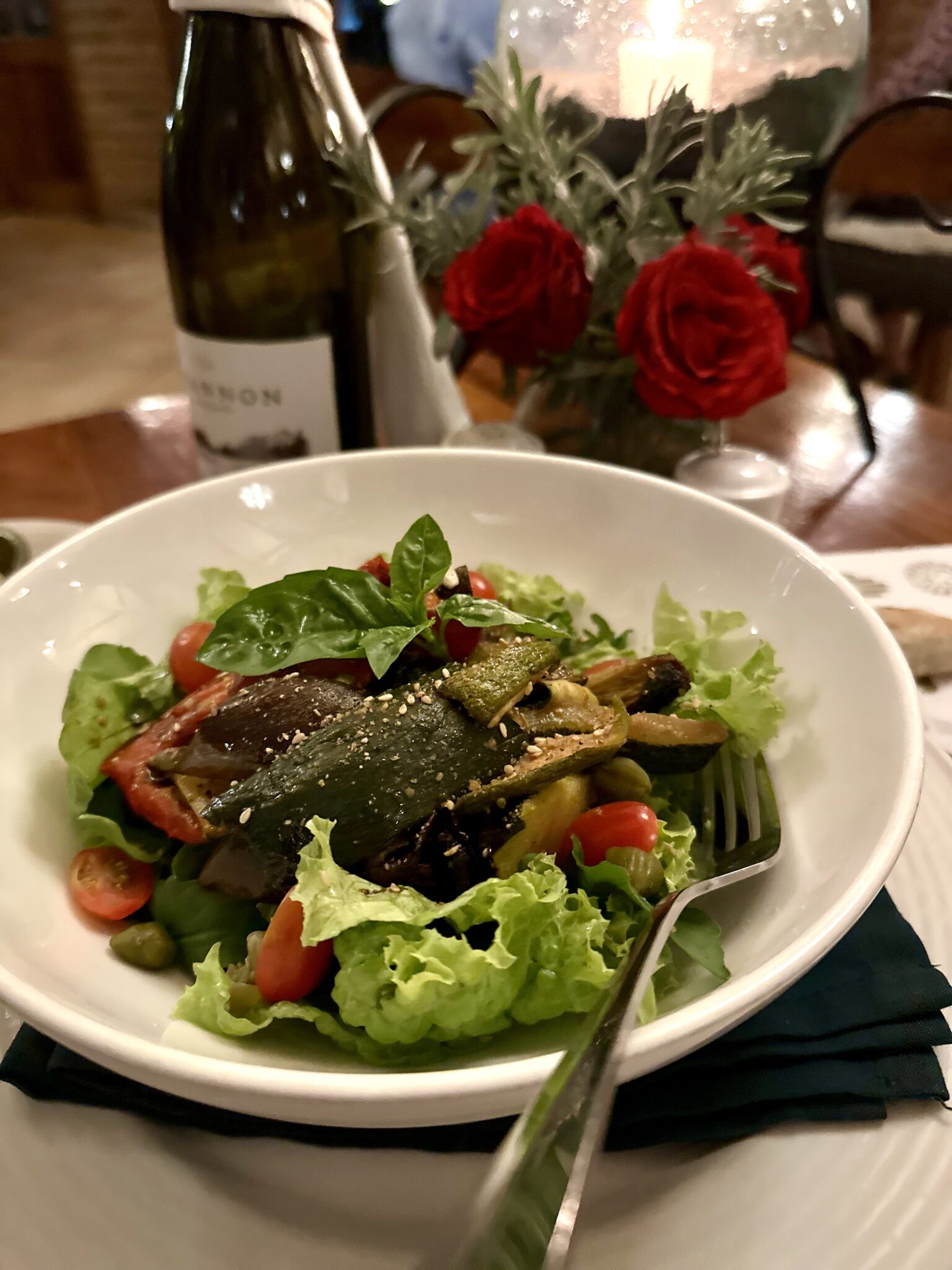
Arusha
Arusha, which is known for its coffee production, is typically the meeting place for your first day of safari. It’s about 1 ½ hours from the JRO airport, and my hotel was on a lovely coffee farm, with cottages dotting the area. Monkeys played in the trees, and you can enjoy a peaceful sojourn before you start your safari. The food was delicious, including many plant-based options and South African wines.


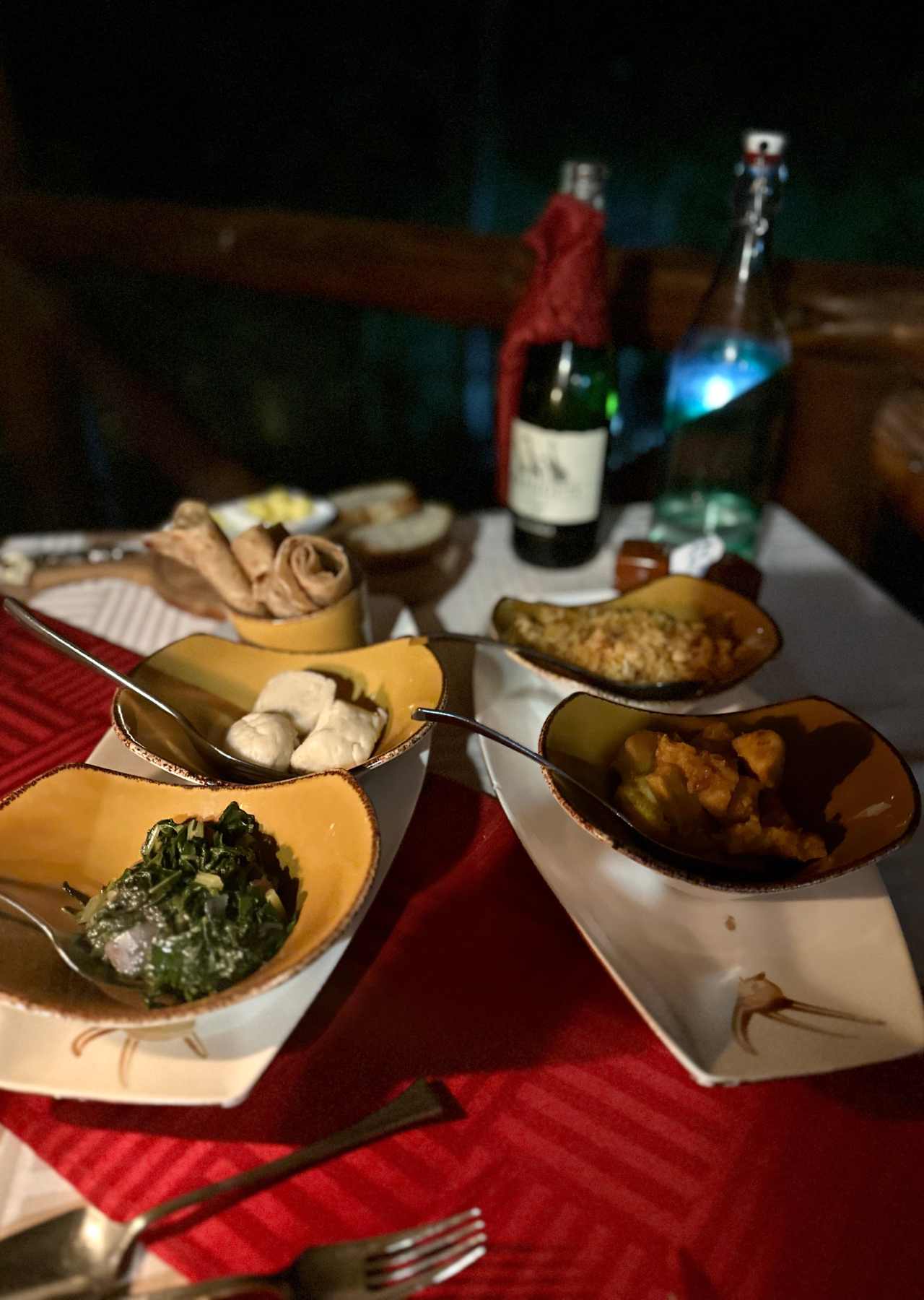

Lake Manyara National Park & Escarpment Luxury Lodge Nogorogoro Crater
Our first game drive was to Lake Manyara, which was pleasant, shady, and filled with rivers and lots of animals. We spied lions, elephants, buffalo, baboons, pythons, giraffes, and tons of gazelles of many varieties. The food was especially delicious at the lodge, as the chef has his own vegetable garden and prepares traditional foods, including fermented vegetables, bean dishes, curries, and chapati.
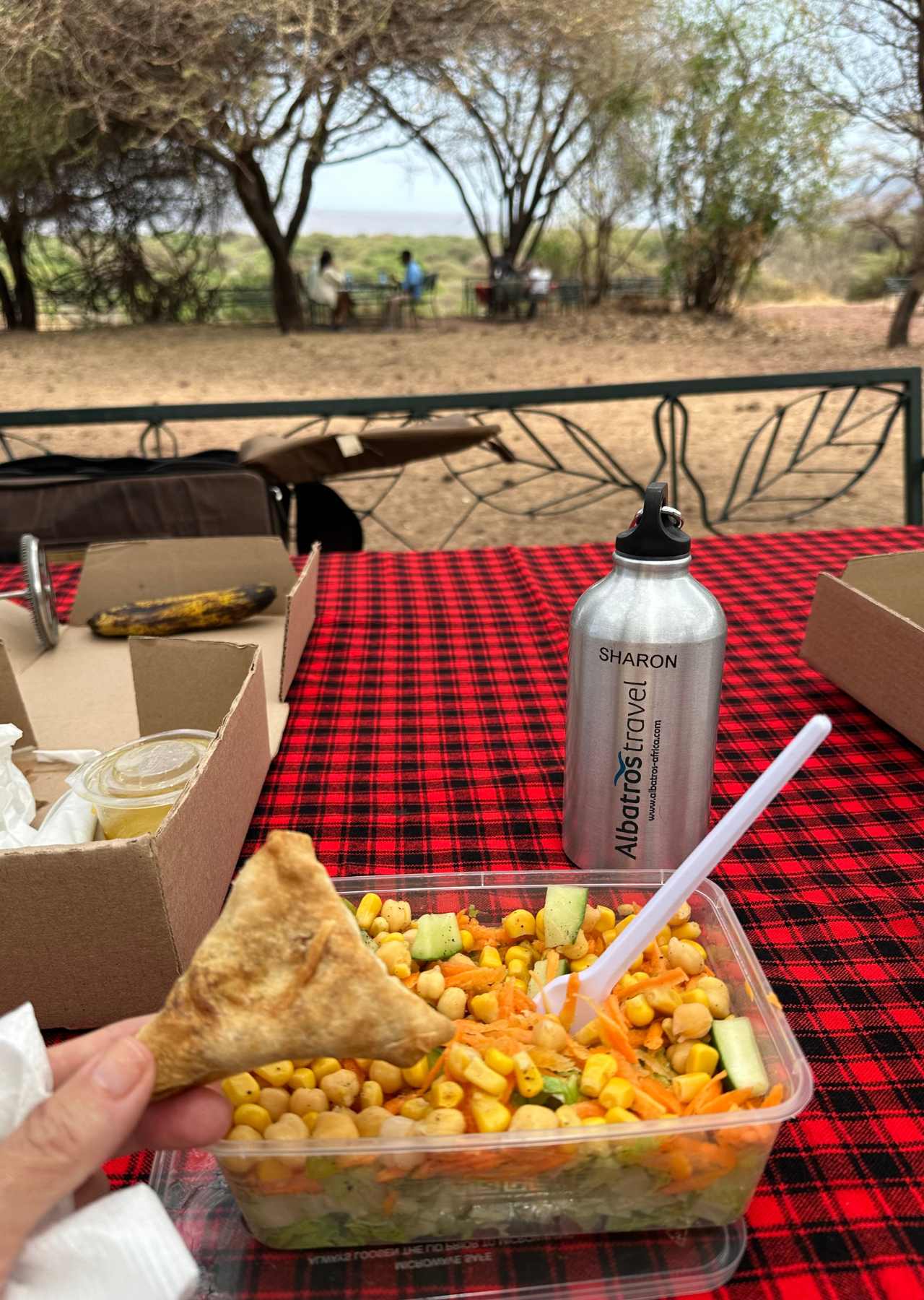
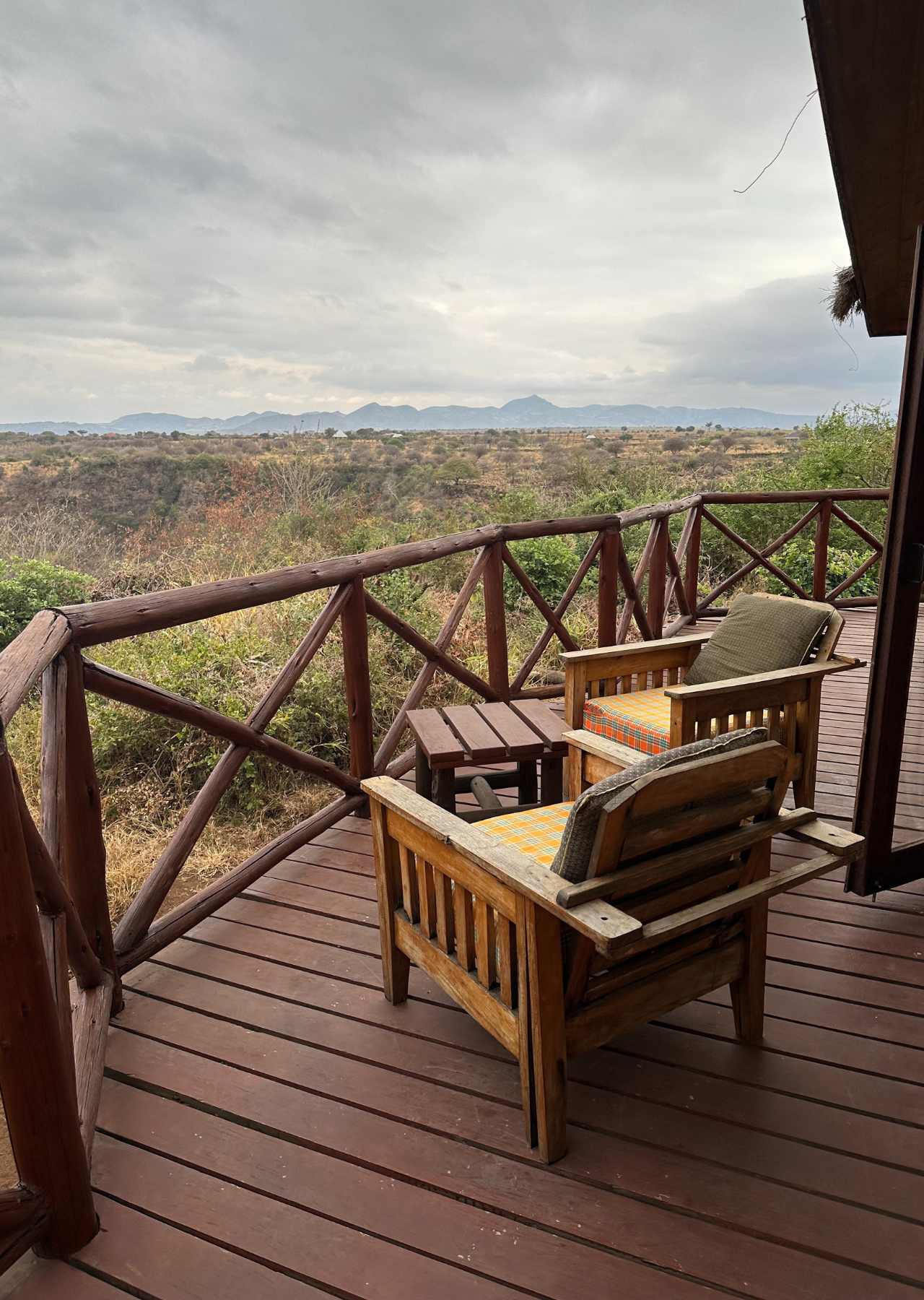
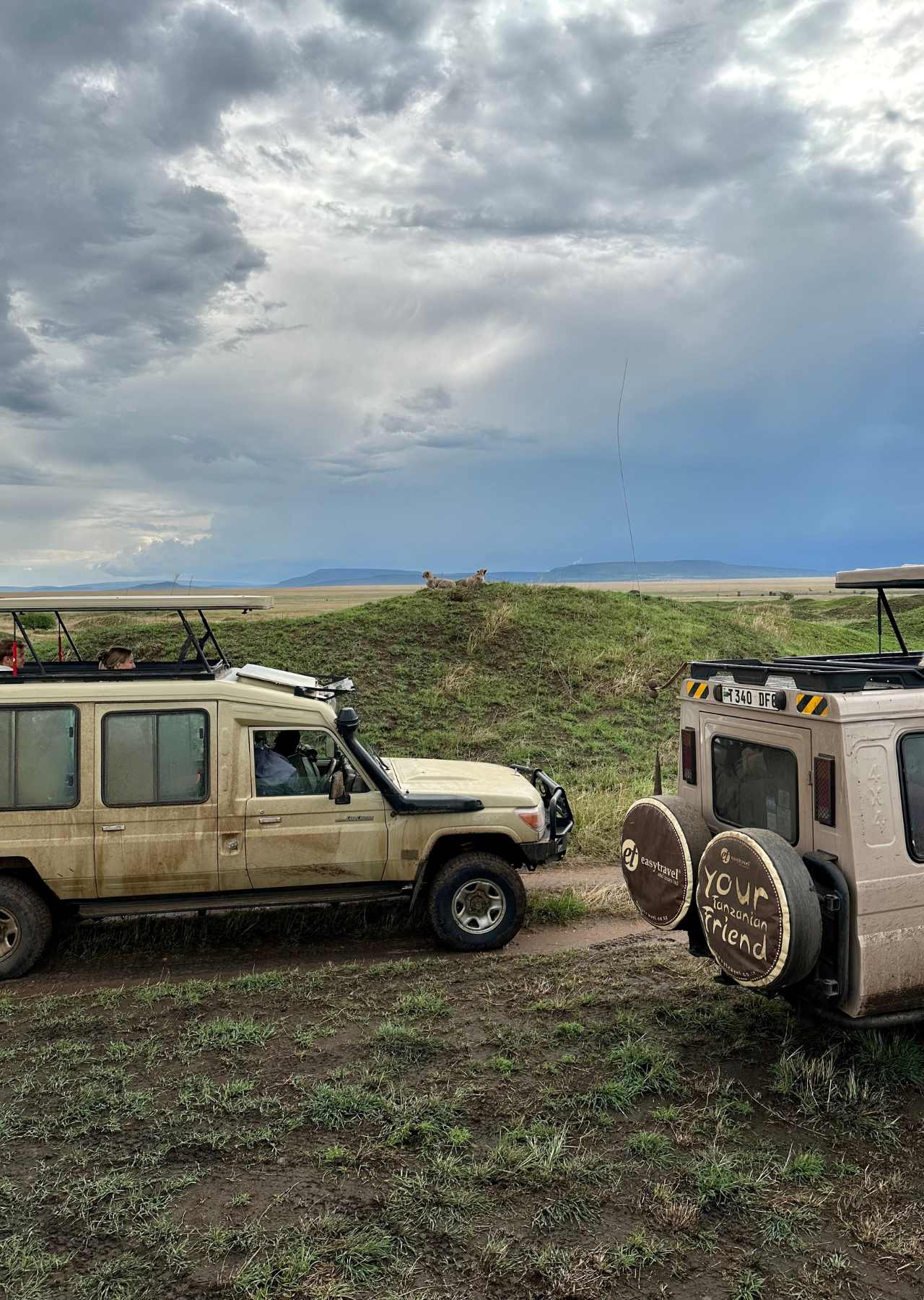
Serengeti, Lemala Ewanjan Tented Camp
Our next part of the safari was two days in Serengeti with two nights at the lovely Lemala Ewanjan Tented Camp, which is actually located in the Serengeti. You can hear lions roaring at night, and listen to the great migration behind your luxury tent!


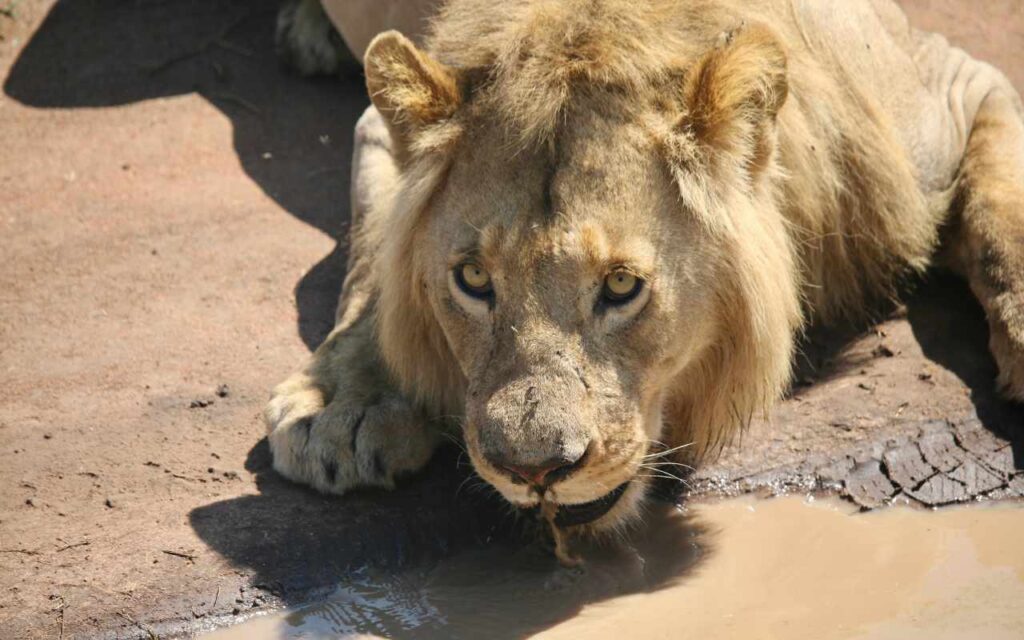
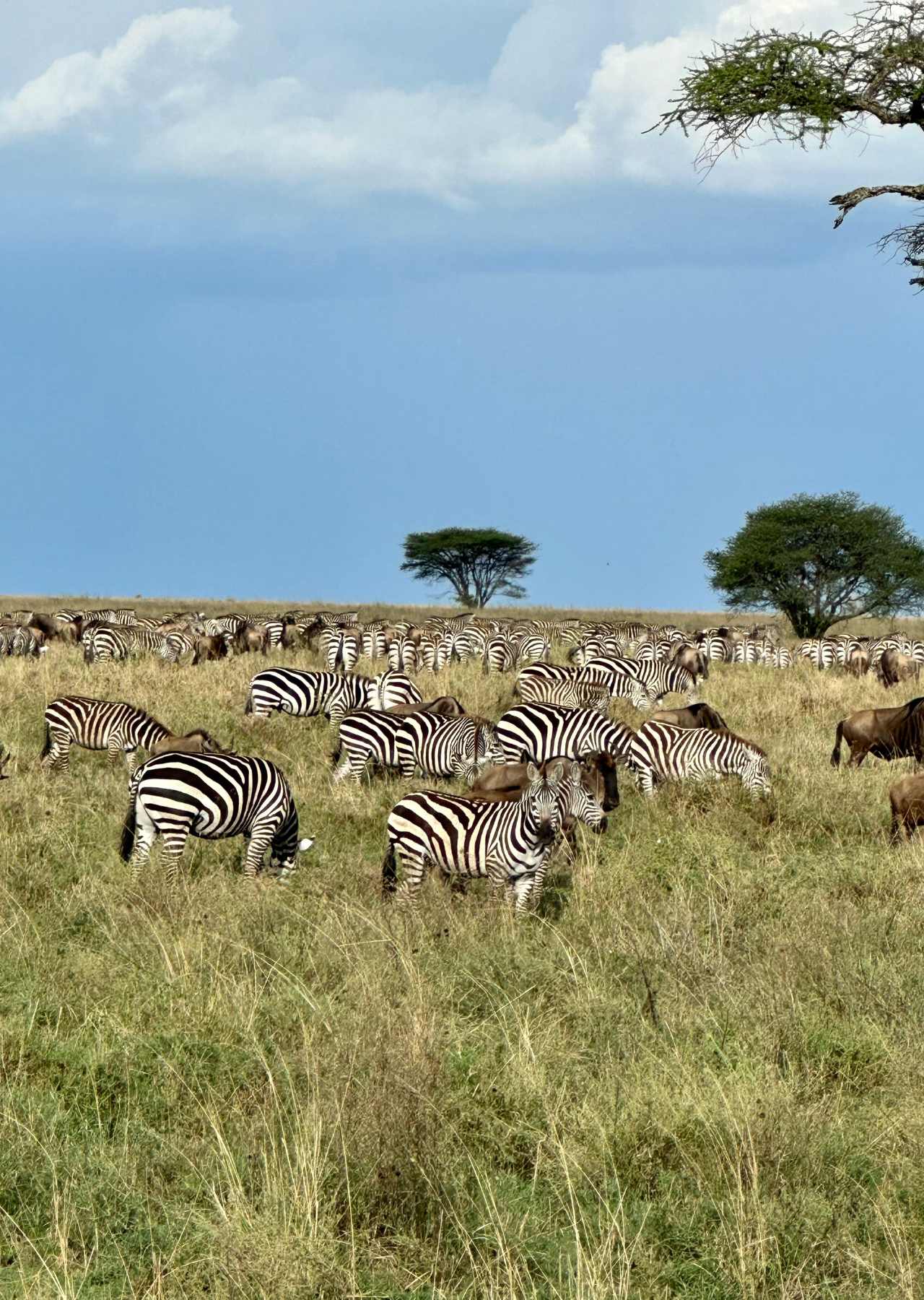
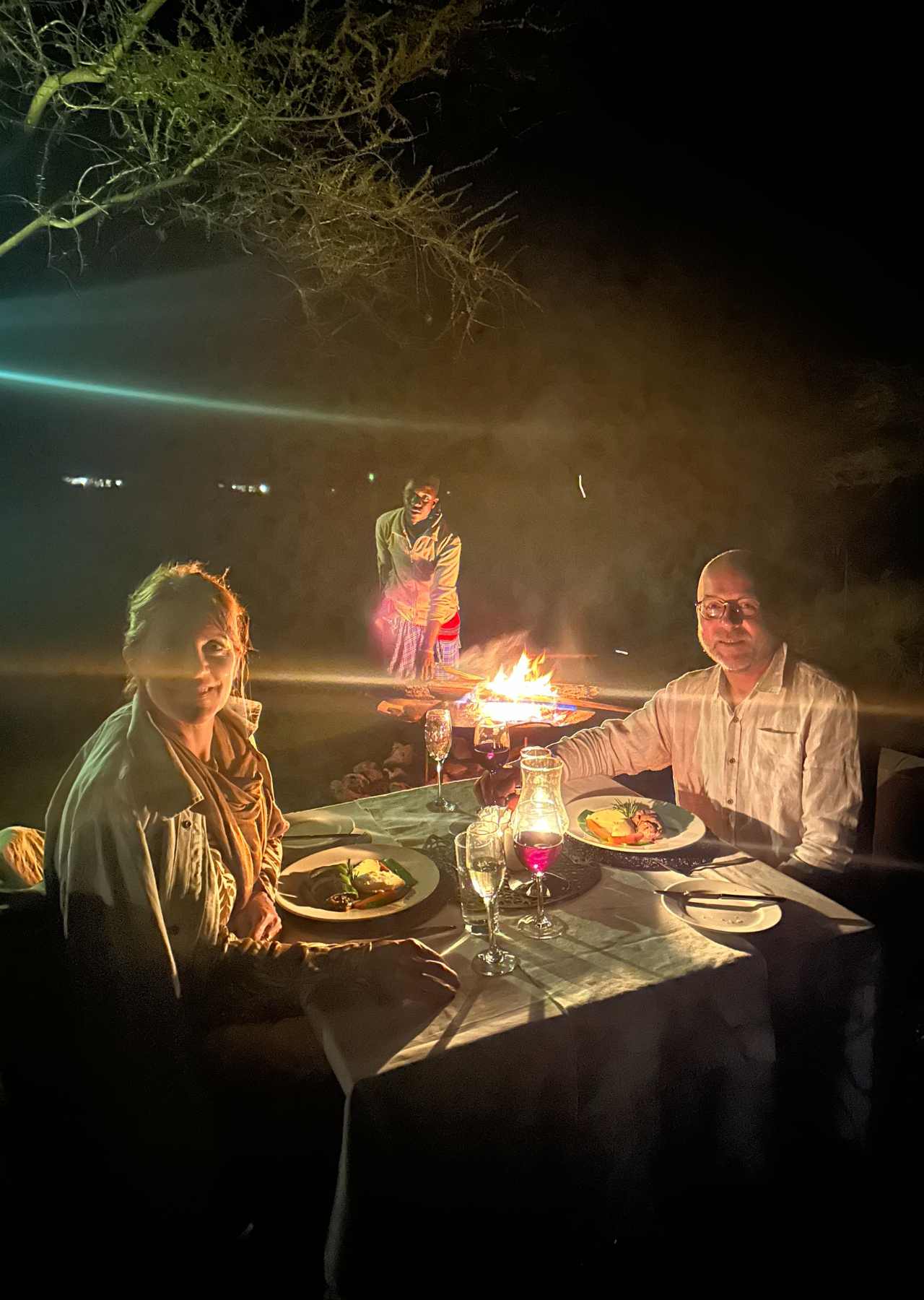

Ngorogoro Crater National Park, Lemala Ngorogoro Tented Camp
Next, we visited Ngorogoro Crater National Park and stayed at Lemala Ngorogoro Tented Camp. We saw so many animals: lions, giraffes, zebras, elephants, baboons, hippos, cheetah, flamingos, rhinos, and much more. The food was very delicious, with lots of plant-based options, including breads, fruits, bean dishes, soups, salads, and curry dishes.




Tarangire National Park, Elewana Tarangire Treetops
Our last day of safari was at Tarangire National Park. We saw so many animals, including tons of elephants, lions, zebra, giraffe, buffalo, wildebeest, and more. The food was just delicious at the lodge, with fritters, root chips, potato salad, and my favorite breakfast—beans with whole grain bread, mushrooms, and fruit. Oh, and coffee.
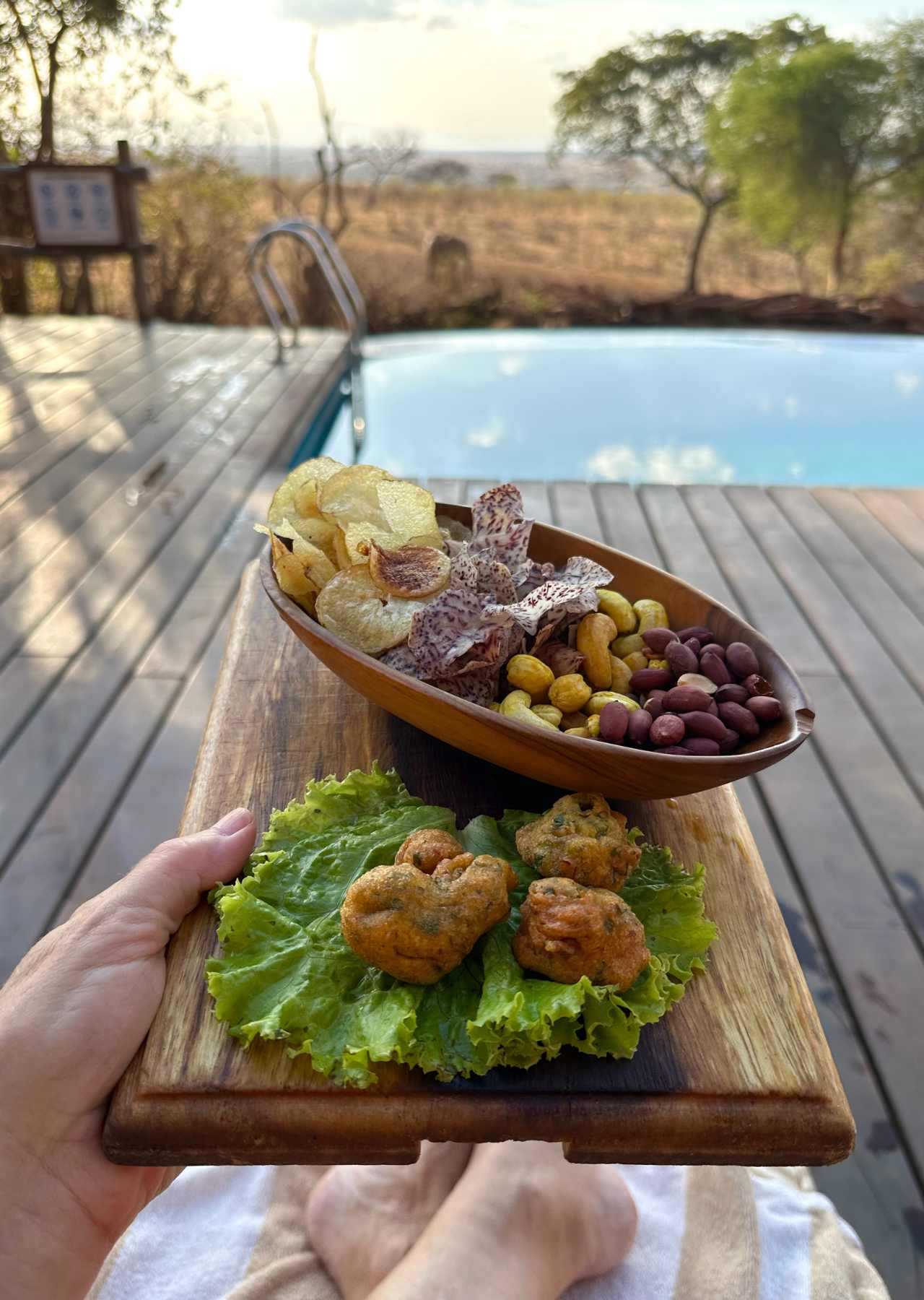

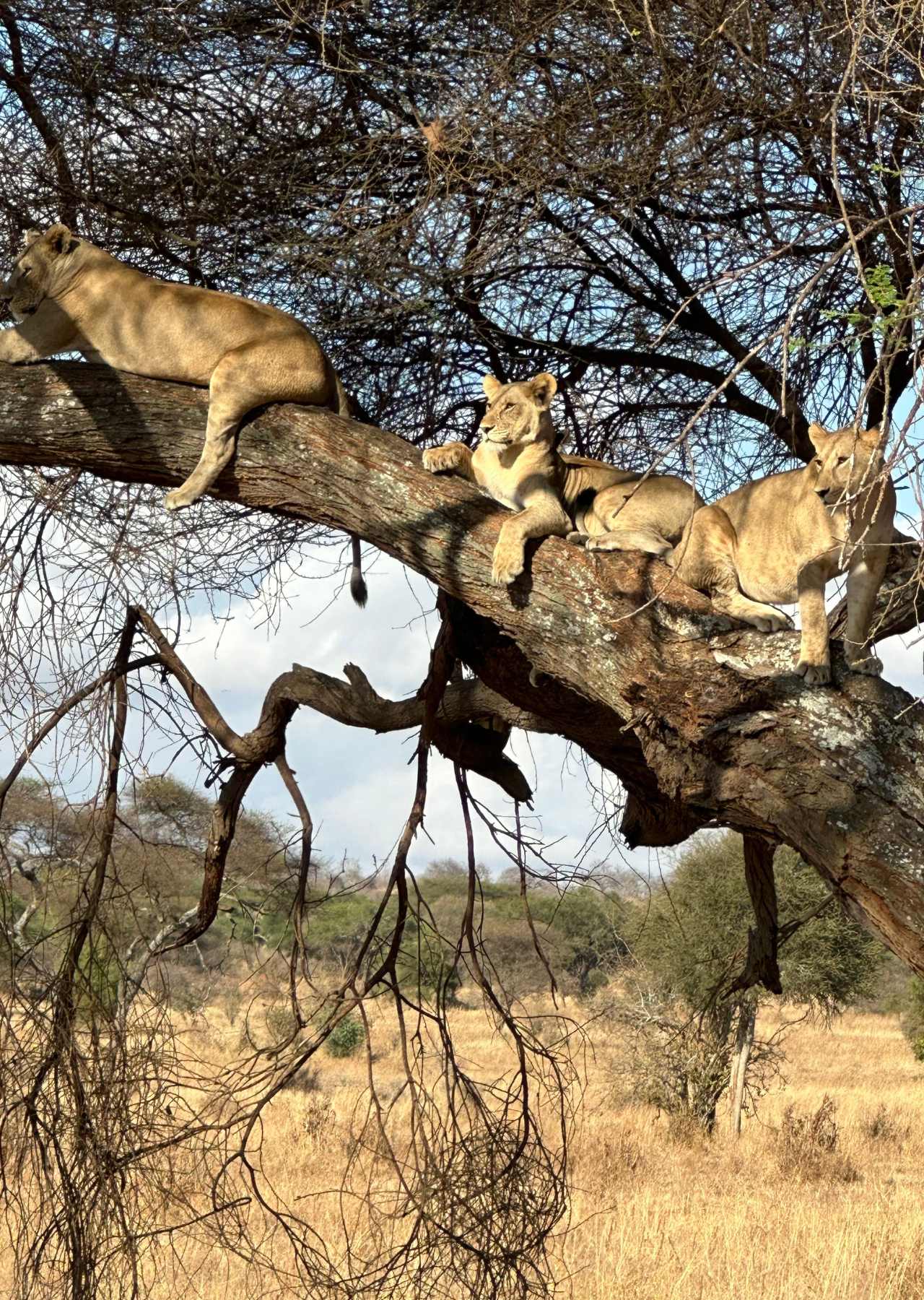
After Tarangire, we headed off to the JRO airport to head home. Our stay was lovely in Tanzania. The locations were gorgeous and bountiful, the people generous and warm, and the food plentiful and creative. Africa is now under my skin, in the most delightful way. I can’t wait to return.
For other plant-based eating guides, check out:
Plant-Based Eating in Sicily
Plant-Based Eating in Thailand
Plant-Based Guide to Morocco
Plant-Based Eating in Lisbon
Plant-Based Eating in Vienna, Austria


